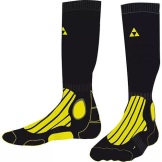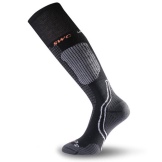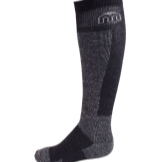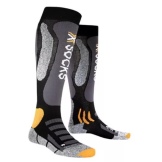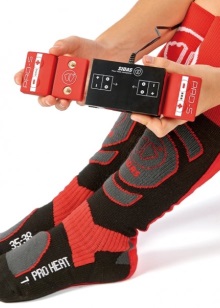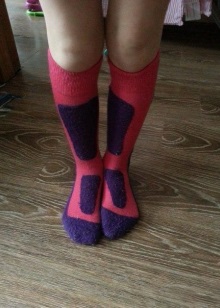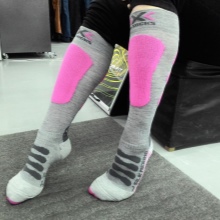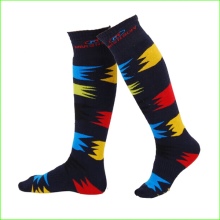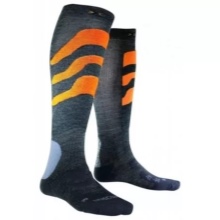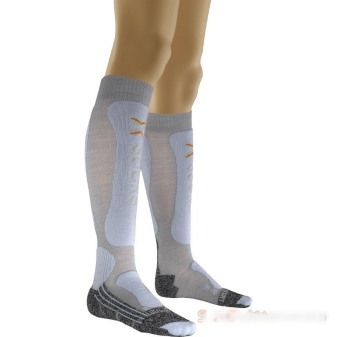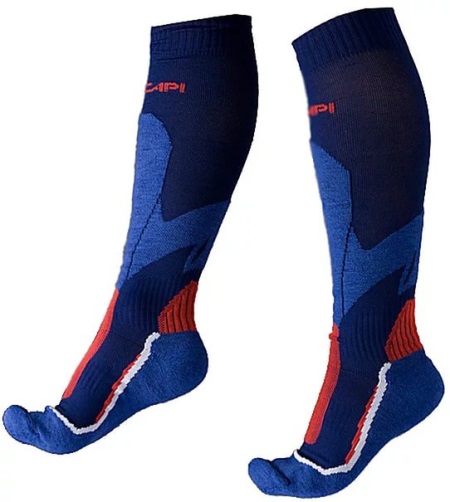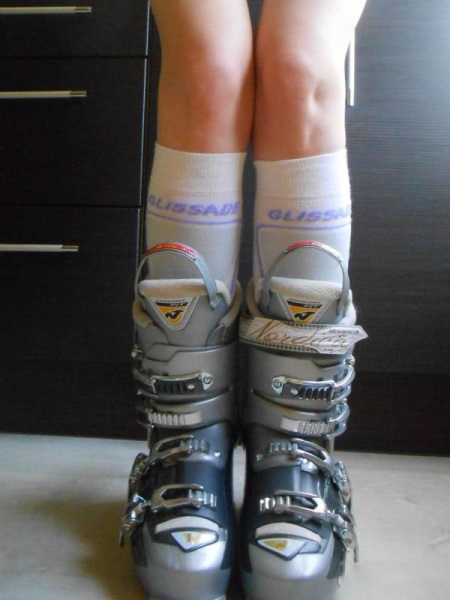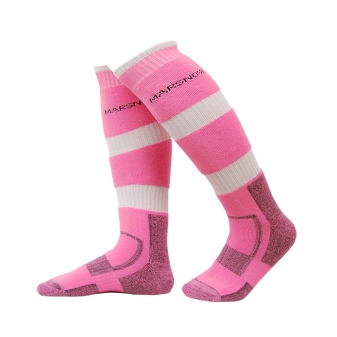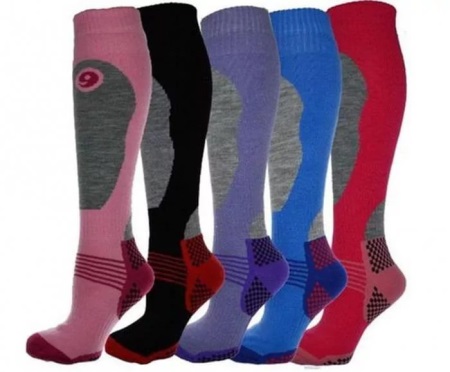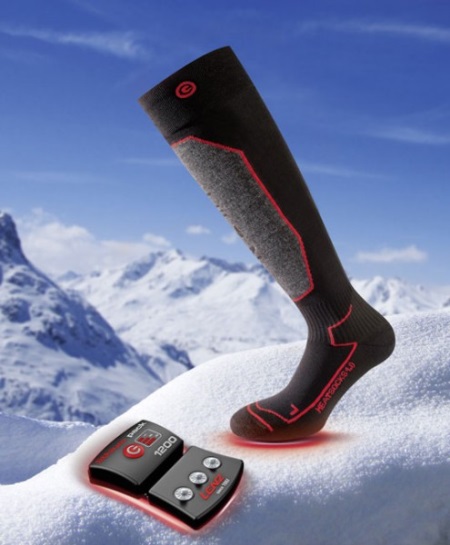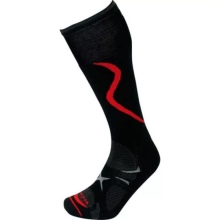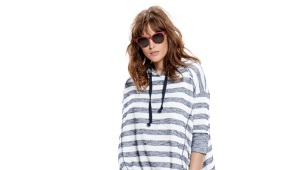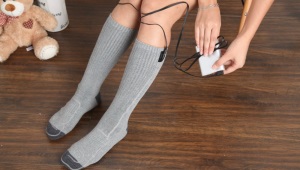Ski socks
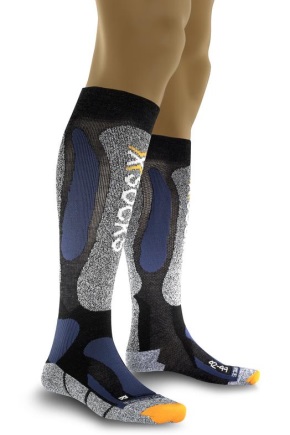
During skiing it is very important that your feet always stay warm and not wet. For these purposes, it is necessary to properly select not only boots, but also ski socks.
A variety of socks for skiing today is very large. Therefore, it is necessary to know their main characteristics and qualities in order to be able to choose the right socks for you and avoid many problems.
Product Requirements
It is very important that ski socks have the following properties:
- the material must ensure the removal of water vapor to the outside;
- products must be quick-drying and not accumulate water;
- Socks for downhill skiing must certainly be warm;
- socks should sit tight enough on the leg, do not move out during the movement and provide maximum comfort;
- the material from which the socks are made must be hypoallergenic;
- socks must comply with the pressure of the ski boots.
Varieties and Benefits
To date, there is a huge selection of materials and styles of ski socks.
They come in various heights - from shorter to long golf. Sock height is selected individually, most importantly, so that you feel comfortable.
The materials from which the socks are made are also very diverse. Often, synthetic and semi-synthetic fabrics are used.
Socks made of semi-synthetic materials have an important advantage - due to the addition of wool fibers, they are very warm. But there is an obvious drawback - wool tends to accumulate moisture, because of which over time the sock can get wet.
On the other hand, socks made of synthetic materials perfectly provide for the removal of steam to the outside, so even when the feet are sweating, the socks will not get wet. Synthetic ski socks, however, retain heat a little worse.
Some socks also have antibacterial properties.
How to choose
When choosing ski socks, first of all you need to choose the right size. After all, if the socks turn out to be small, then the legs will be cramped, blood circulation may be disturbed and, as a result, the legs will instantly freeze. And if the socks are great, they will roll and twist on the leg, and, accordingly, rub the corns and create discomfort.
When choosing the size of socks, you must measure them with your ski boots, then you can fully appreciate their convenience.
Choose socks that are slightly higher than your ski boots.
During fitting it is necessary to pay attention to the fit of the socks - they should not roll down on their feet, but they should not be clamped too tightly.
It is also very important when choosing to make sure that the material of the products is soft and pleasant to the skin, and the seams are not felt at all (otherwise corns are guaranteed to you).
It is best to choose those models of socks that are provided with additional inserts on the toe and heel, which guarantees good wear resistance.
Good and high-quality socks are also always supplemented with special softening zones, which provide cushioning in those places where the boot pressure on the foot is greatest - shin, lift, ankle bone.
For extremely cold weather, many manufacturers produce special ski socks with heating. But the price of such products is quite high.
The design and colors of socks are also very diverse. And although they are mostly hidden from prying eyes, you can still pick up a pair for every taste and color - the classic dark colors are mostly preferred by men, bright juicy colors for women, funny and fun prints for children.
